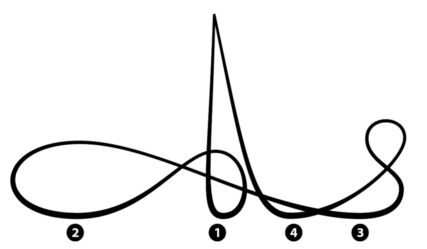 You learn from your mistakes. Sometimes you can even learn from mistakes made by others, which is the case with conducting technique. To learn to beat in a good way, it is useful to study bad conducting, to be able to see your own technique clearly.
You learn from your mistakes. Sometimes you can even learn from mistakes made by others, which is the case with conducting technique. To learn to beat in a good way, it is useful to study bad conducting, to be able to see your own technique clearly.
Below is the four-beat pattern depicted once more. The way this is drawn is not the only true pattern. But the pattern does combine a couple of good qualities, as I have tried to show in a previous post:
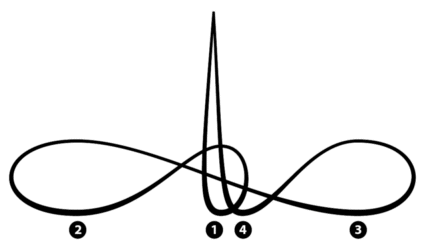
Flaws
In this post there are examples of bad beating technique. These patterns show the most common flaws. (With gratitude to the book on beating technique by Brock McElheran.) Maybe this is the most common flaw; beating too high, that is, in a too vertical manner. If you beat like this, the choir will tend to sing uneasy and the 1 will not be clearly visible:
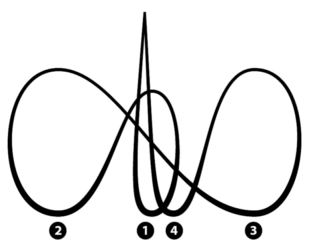
A less common flaw; the beating point of the 1 is lower than the other beats:

Here is a beat that is often made by directors that have learned their technique a couple of decennia back. The beating point of 4 is higher than the other beating points. (This pattern is similar to the technique used in the first half of the twentieth century, where the beating points go up from 1.)
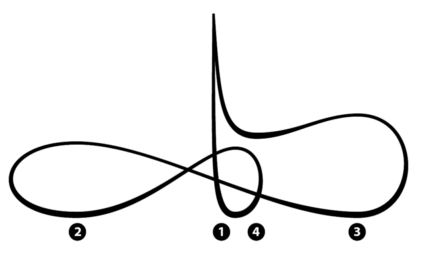
Finally, two beating patterns in which the movement between 3 and 4 is illogical. In this first example, a sudden change in direction is made between 3 and 4. The singers will experience agitation in the third beat:
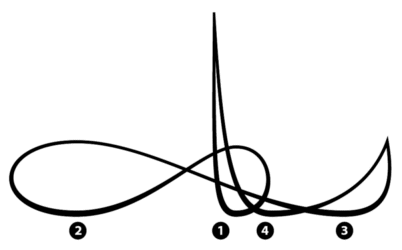
And in this second example a strange extra loop is made between 3 and 4. This complicated extra movement is fairly common, and seems to be a relic from earlier beating forms as well:
